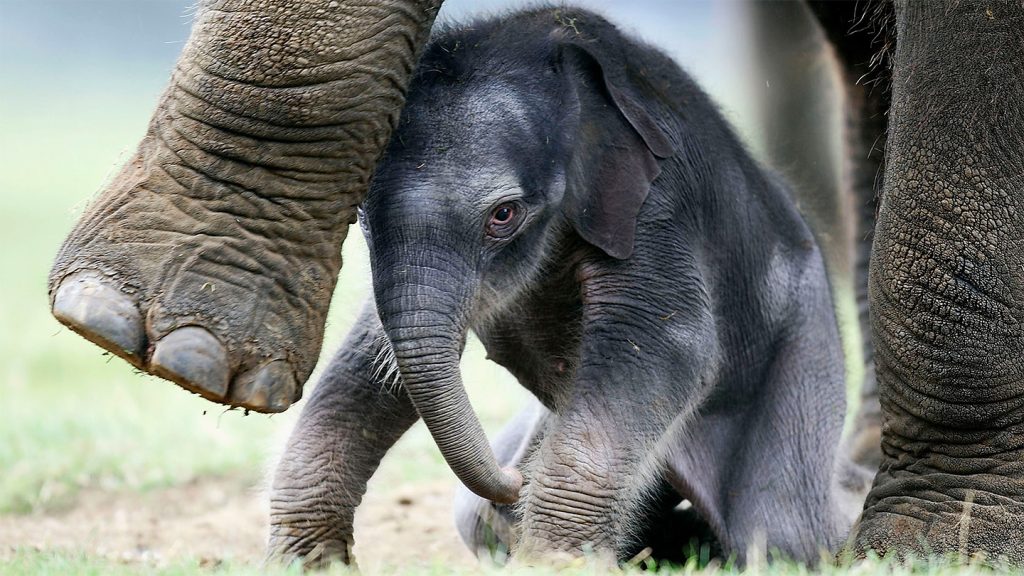A recent study has investigated how elephant trunks have unique skin wrinkles that can indicate whether the elephant is left-trunked or right-trunked when bending its trunk. The study found that the length and sparsity of trunk whiskers vary depending on the direction in which the trunk bends, with more wrinkles developing on the side where the trunk curls. This discovery sheds light on the mechanical properties of elephant trunks and the ways in which they are able to manipulate objects.
Elephant trunks have long been a subject of interest for researchers studying soft robots, due to their flexibility and power. The muscular hydrostat structure of the trunk, which consists of boneless muscles that can easily change shape, allows elephants to perform precise movements. Despite the thick outer skin that restricts some movement, elephants are still able to pick up delicate objects without breaking them, using a variety of techniques including suction.
The researchers examined preserved tissue from deceased zoo animals to track how wrinkles develop in elephant skin from the prenatal stage through to adulthood. They found that wrinkles form at a rapid rate during early development, doubling every 20 days. Additionally, the number of wrinkles on an elephant’s trunk tends to increase with age, with older elephants having more wrinkles than newborns.
These skin wrinkles are not just for aesthetic purposes, but play a crucial role in helping elephants maintain their dexterity and grip when handling objects. The wrinkles protect the muscular structure of the trunk and allow for changes in shape when necessary. By studying these unique features of elephant trunks, researchers can gain a better understanding of the biomechanics of their movements and how they interact with their environment.
The findings of this study were published in the Royal Society Open Science journal, shedding new light on the mechanical properties of elephant trunks and how they differ from other flexible structures in the animal kingdom. The unique skin wrinkles on elephant trunks provide clues to whether an elephant is left-trunked or right-trunked, offering a fascinating glimpse into the complex anatomy of these majestic creatures. By studying elephant trunks, researchers hope to develop new insights into soft robotics and biomechanics that could be applied to a variety of fields in the future.


